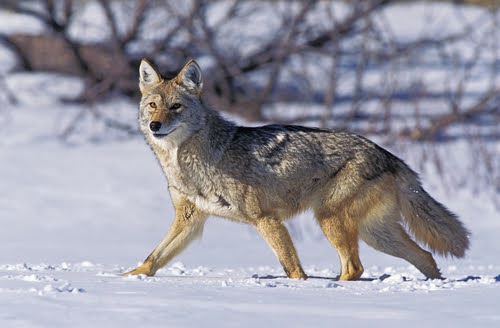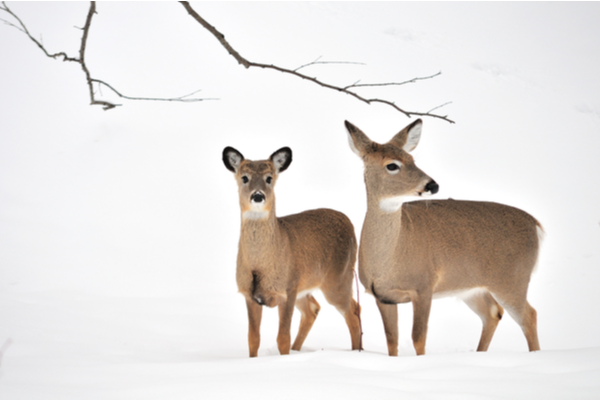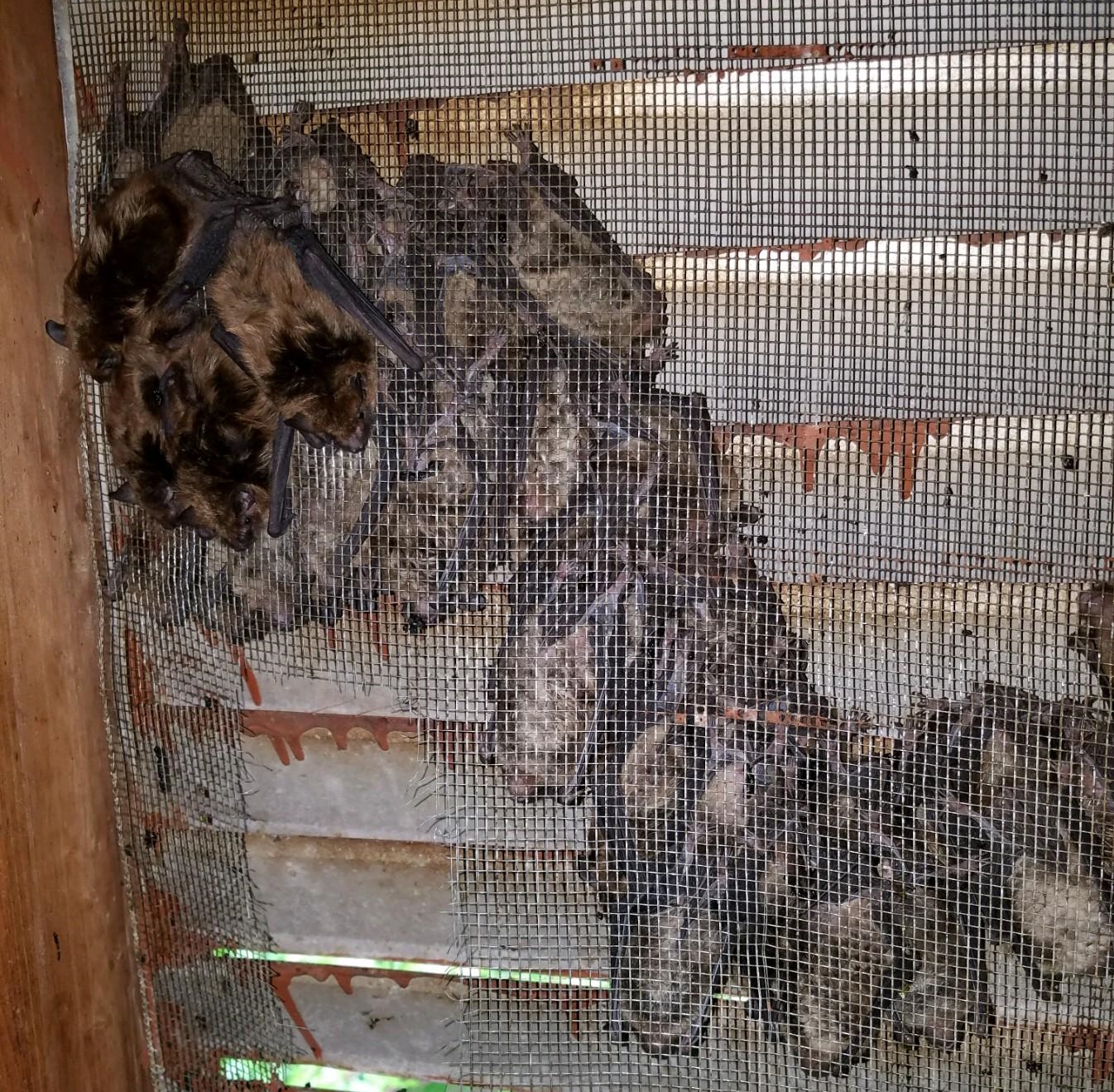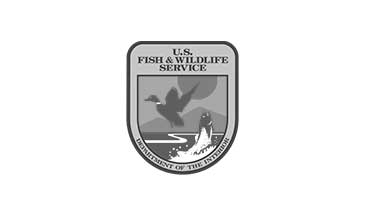As winter weather rolls in, you may notice more coyotes near your property as they search for food. If you have young children or pets that roam the yard, understanding coyote behavior in the winter becomes incredibly important.
To help you out, the Varment Guard team has crafted a guide on all-things coyotes. From their daily activities to their temperament during the colder months, we’ve covered it all for your peace of mind.
Understanding Coyote Activity in Winter
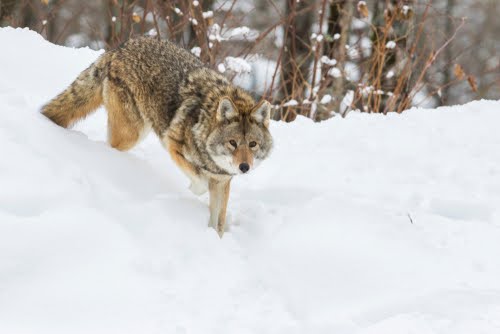
Contrary to popular belief, coyotes do not hibernate; they remain active throughout the year. During this time of year, they face harsher environmental conditions and food scarcity. This can alter the typical habits and behaviors of a coyote. For example, their activity periods may change due to shorter daylight hours and the need to conserve energy.
Are Coyotes More Aggressive in Winter?
Coyotes may display increased aggression during winter, primarily driven by the need to secure food and protect their territory. This heightened aggression can pose risks to small pets and, in rare cases, humans. However, it's essential to understand that aggression is typically a response to perceived threats or competition.
Tips for Avoiding Negative Coyote Encounters
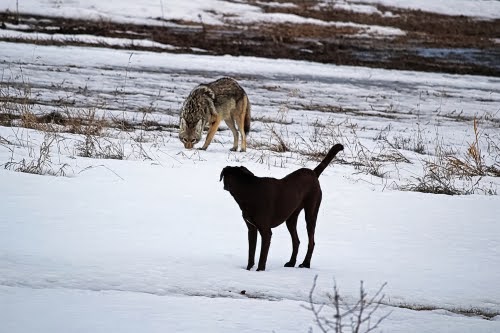
To minimize the risk of negative encounters with coyotes in winter, several precautions can be taken. These include securing garbage bins, supervising pets while outdoors, and avoiding feeding coyotes directly or indirectly. Learn more about how to avoid negative coyote encounters:
1.) Secure Food Sources
- Garbage Management: Ensure that your garbage bins are tightly sealed. Coyotes are opportunistic feeders and can be attracted to household waste.
- Pet Food Practices: Avoid leaving pet food outside, as it can attract coyotes. Feed your pets indoors or promptly remove outdoor food dishes after meal times.
2.) Protect Your Pet
- Supervised Outings: Always supervise your pets when they are outdoors, especially at dawn and dusk when coyotes are most active.
- Leash Regulations: Keep dogs on leashes in coyote-inhabited areas. Unleashed pets can roam far and inadvertently provoke a coyote encounter.
- Safe Housing: Provide secure nighttime housing for small animals like cats, rabbits, and chickens who are particularly vulnerable.
3.) Modify the Habitat Around Your Home
- Fencing: Install coyote-proof fencing around your property. Fences should be at least 6 feet tall and have a roll bar at the top to prevent coyotes from climbing over.
- Remove Attractants: Regularly clear away brush, dense weeds, and wood piles where coyotes could hide or build dens.
4.) Act Responsibly and Educate Others
- Avoid Feeding Coyotes: Never feed coyotes, either deliberately or inadvertently. This includes leaving food scraps or compost in accessible areas.
- Educate Your Community: Share this knowledge with neighbors and community members. Collective efforts are more effective in deterring coyote presence.
5.) Employ Humane Deterrence Techniques
- Noise and Light: Use noise-making devices or motion-activated lights to scare away coyotes that enter your property.
- Sprinkler Systems: Motion-activated sprinkler systems can also be an effective deterrent.
6.) Report Aggressive Coyotes
- Contact Professionals: If you encounter an aggressive or unusually bold coyote, report it to local wildlife control authorities like Varment Guard. They can provide professional assistance and advice.
Safeguard Your Property Against Coyotes with Varment Guard
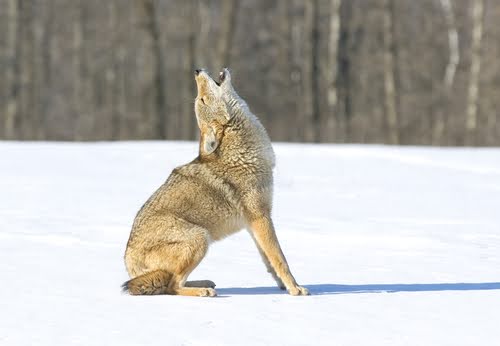
By following the tips above and remaining vigilant, you can significantly reduce the chances of a distressing encounter with coyotes this winter. If you need additional help, reach out to Varment Guard. We offer specialized services to help manage and prevent wildlife conflicts.

